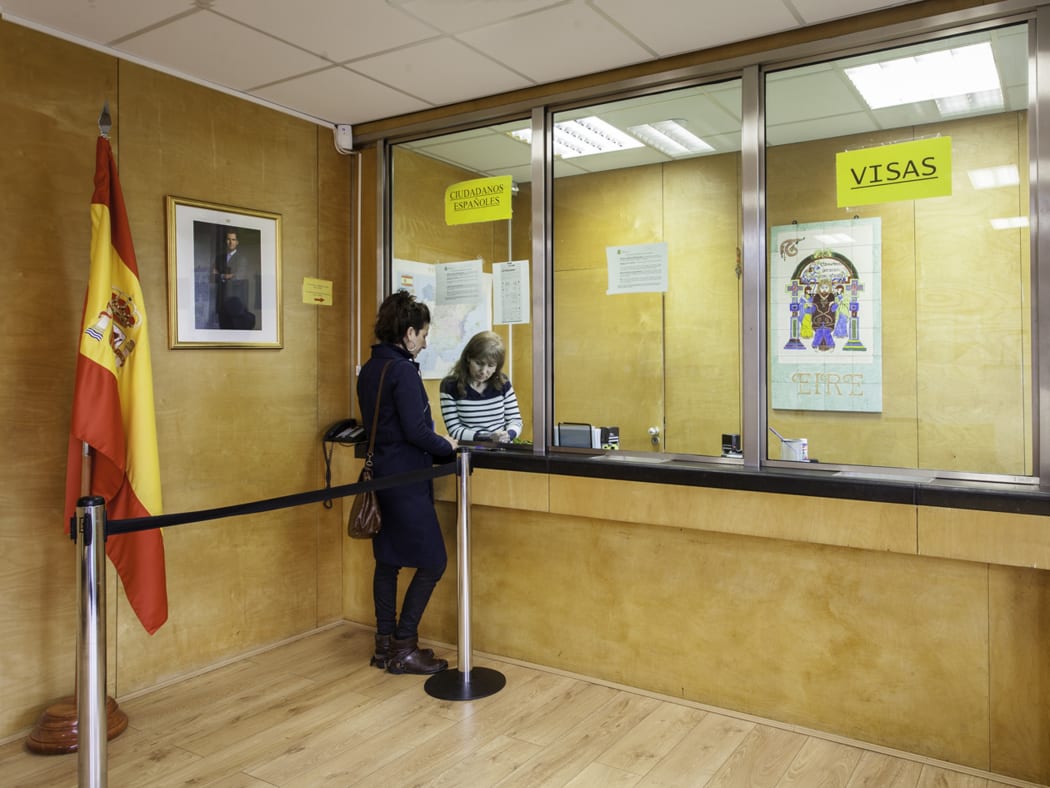
What is commonly accepted is that politics influences art, but the way from art to politics, id est, from the artistic to the political (as Hannah Arendt understood it) is poorly acknowledged.1
And yet both politicians and audiences receive images that stem from painting (The Last Supper), film (Battleship Potemkin), theater (Tartuffe), novels like Don Quixote and Les Misérables, and so on that conform that which is artistic and sensible.
After all, 'seeing' is a constructed process and although some people may not experience these works of art directly, they do indirectly via television, Internet, and social media. Many of the virtues and vices displayed in the political arena like ambition, power, generosity, authority, philanthropy, and leadership derive directly and indirectly from art.
In other words: art manufactures the images that define our world. As a catalyst, it provides images and creates situations that are strange, provocative, utopian, engaging, annoying or radical—think of Dana Schutz's painting Open Casket during the 2017 Whitney Biennial—and by doing so it ends up prefiguring and configuring the political regime.
The realities created by the artworld are absorbed among others by social media, internet, press, advertising, documentaries, movies and social movements and end up in the political sphere. According to Murray Edelman “art simply serves as a floating signifier into which political groups read whatever serves their interests and ideologies.”2
Art is, as Ernst van Alphen rightly states, not only a “historical product” but also a “historical agent” with a “performative” function in whose realm “ideas and functions, the building stones of culture, are actively created, constituted, and mobilized.”3
1 Hannah Arendt, La condición humana (Barcelona: Paidós, 2009), 22.
2 Murray Edelman, From art to politics: How artistic creations shape political conceptions (Chicago: The University of Chicago Press, 1995), 1-5.
3 Ernst van Alphen, Art in mind: How contemporary images shape thought (Chicago: The University of Chicago Press, 2005), xiii.

